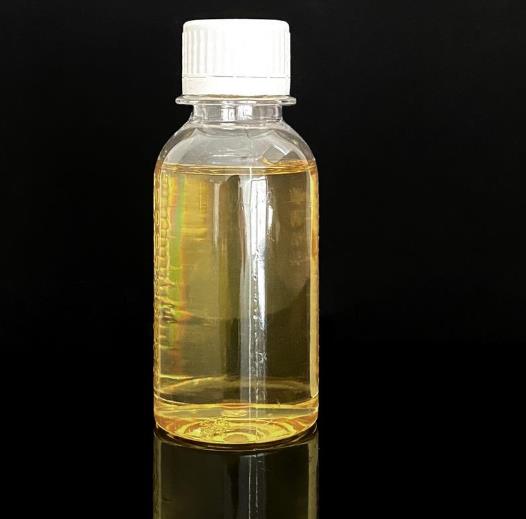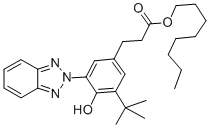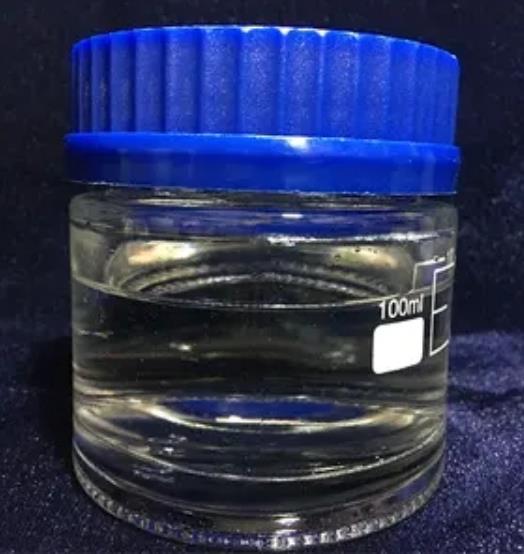UV Absorber 384: Shielding Materials from Harmful Rays
Introduction
In the rapidly evolving chemical industry, UV Absorber 384 has emerged as an indispensable chemical component, especially in applications requiring protection of products from ultraviolet (UV) damage. With an increased awareness of environmental protection and advancements in material science, finding effective UV absorbers has become particularly important. UV Absorber 384, renowned for its efficient absorption capacity and minimal environmental impact, has garnered widespread attention from professionals in the chemical field.
UV Absorber 384 Overview
UV Absorber 384, chemically known as 2-(2'-Hydroxy-3',5'-di-tert-amylphenyl)benzotriazole, stands out as a highly efficient ultraviolet light absorber capable of absorbing wavelengths in the range of 280 to 380 nanometers, thus preventing material aging and color fading caused by these harmful rays. The uniqueness of this compound lies in its structural stability and its capability to absorb long-wave ultraviolet light efficiently, making it the preferred choice in various industries to protect materials from UV damage.

Figure 1 Characteristics of UV Absorber 384
Mechanism of Action
UV Absorber 384 operates on a simple yet effective principle: it absorbs harmful UV radiation before it can reach and degrade the material it protects. This compound, belonging to the benzotriazole class of UV absorbers, functions by converting the absorbed ultraviolet light into harmless heat, which is then dissipated through the material's surface. The molecular structure of UV Absorber 384 is particularly adept at this conversion process due to its ability to stabilize excited energy states, preventing the energy from causing molecular damage. This property is critical in prolonging the lifespan of polymers and other materials that are susceptible to UV-induced degradation, such as cracking, discoloration, and loss of mechanical properties[1].
Applications
The applications of UV Absorber 384 are as diverse as they are vital. This compound finds utility across multiple industries, safeguarding materials from UV damage in ways that extend their functional lifespan and maintain their aesthetic appeal.
Plastics and Polymers
In plastics, UV Absorber 384 helps prevent the breakdown of molecular bonds, preserving the strength, flexibility, and color of the product. It is widely used in outdoor furniture, automotive parts, and packaging materials to resist sun damage.
Coatings
For coatings, this absorber protects against gloss reduction, chalking, and peeling, ensuring that protective and decorative coatings retain their integrity and appearance over time.
Cosmetics
In the cosmetics industry, UV Absorber 384 is incorporated into sunscreen formulations and other skincare products to protect the skin from UV radiation. It also helps in stabilizing the product formulation, ensuring longer shelf life and effectiveness.
Textiles
Textiles extend the life of fabrics by preventing UV-induced fading and fiber degradation. This application is crucial for outdoor apparel and furnishings exposed to sunlight.
Storage Methods
Proper storage of UV Absorber 384 is essential to maintain its efficacy. It should be stored in a cool, dry place, away from direct sunlight and moisture, as these conditions can degrade the compound and reduce its effectiveness. The optimal storage temperature is below 30°C (86°F), and the material should be kept in tightly sealed containers to prevent contamination. Moreover, handling guidelines recommend avoiding prolonged skin contact and inhalation, suggesting the use of appropriate personal protective equipment during handling and application.
Conclusion
UV Absorber 384 represents a significant advancement in material protection technology, offering broad-spectrum UV protection with minimal environmental impact. Its versatile applications underscore its importance in modern material science and industrial applications. As industries continue to seek solutions for UV protection, the role of UV Absorber 384 is likely to expand, reflecting its effectiveness and reliability as a protective agent. Through ongoing research and development, the potential for new applications and improved formulations of UV Absorber 384 remains vast, promising continued contributions to the field of chemical protection against ultraviolet degradation[2].
References
[1]Sabra B M, Hamann F, Jannuzi B T, et al. The Nature of the Ultraviolet/X-Ray Absorber in PG 2302+ 029[J]. The Astrophysical Journal, 2003, 590(1): 66.
[2]Cui Z, Li X, Wang X, et al. Structure and properties of N-heterocycle-containing benzotriazoles as UV absorbers[J]. Journal of Molecular Structure, 2013, 1054: 94-99.
Related articles And Qustion
Lastest Price from UV Absorber 384 manufacturers

US $3.00-9.00/KG2025-06-28
- CAS:
- 127519-17-9
- Min. Order:
- 0.1KG
- Purity:
- 99%
- Supply Ability:
- g-kg-tons, free sample is available

US $0.00/KG2025-05-21
- CAS:
- 127519-17-9
- Min. Order:
- 1KG
- Purity:
- 99%
- Supply Ability:
- 20TONS



